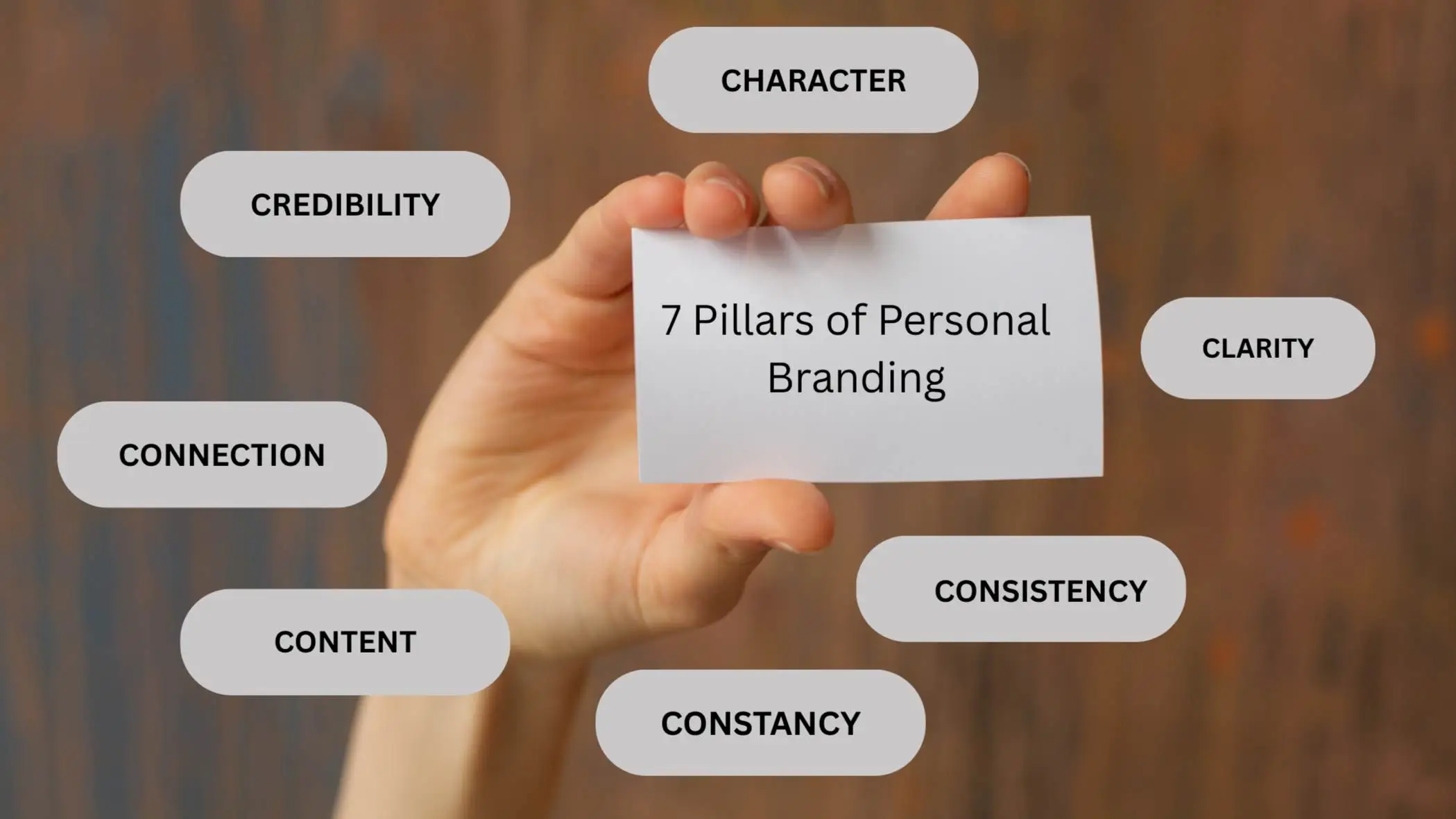The current digital market competition demands more than outstanding products or services for business success. Customers jump over the brands from one to another, what is the most important factor in that decision making? It is nothing but the Brand Identity.
In this blog we will explore the essential strategies to help you create a powerful and consistent brand identity that connects with your audience and stands out in a saturated market.
1. Define Your Brand’s Core Values and Mission
Your brand identity first needs foundation within. Before designing logos or picking color palettes, you must clearly define your brand’s core values, mission, and purpose. You need to ask yourself these questions at first:
What problem are you solving?
What values drive your business decisions?
What impact do you want your brand to have?
You should create a brand that exclusively targets your chosen customer segment. Describe your intended market through specific research focusing on:
2. Know Your Target Audience
Your brand doesn’t need to appeal to everyone — it needs to speak directly to your ideal customer. Research and define your target audience by considering:
Demographics (age, location, income)
Psychographics (interests, values, lifestyle)
Behavior patterns (buying habits, preferences)
When you understand your audience, you can tailor your messaging, tone, and visuals to resonate with them emotionally — which is key to building loyalty.
3. Develop a Unique Brand Personality
Your brand’s personality is the human element of your business. It shapes how your audience relates to you and how they feel about your products or services. Is your brand:
Playful and fun?
Professional and reliable?
Innovative and bold?
Consistency in tone, voice, and style helps customers recognize and connect with your brand across platforms. This personality should be evident in everything — from social media posts to customer service responses.
4. Create a Strong Visual Brand Identity
Your visual elements are the face of your brand. An effective visual identity includes:
Logo: Memorable, scalable, and representative of your brand
Color palette: Evokes the desired emotion and aligns with your brand tone
Typography: Consistent across digital and print materials
Imagery: Style and filters that create a uniform look and feel
Every visual touchpoint should reinforce who you are and what you stand for. Don’t underestimate the power of a well-designed logo or cohesive color scheme — they are often what people remember most.
5. Craft a Compelling Brand Story
Humans are wired for stories. A brand story connects facts with emotions, making your message more relatable and engaging. A strong narrative should include:
Your origin (why and how you started)
The problem you aim to solve
How your journey reflects your mission and values
This not only builds credibility but also fosters trust and emotional bonds with your audience. Use your story in marketing campaigns, about pages, and even in product packaging.
6. Ensure Consistency Across All Channels
Brand consistency is non-negotiable. It reinforces trust, boosts recognition, and helps customers feel confident in choosing your brand again and again. Maintain consistency in:
Visual elements (logos, fonts, colors)
Messaging and tone of voice
Customer service and user experience
Whether someone encounters your brand on Instagram, your website, or in an email, the look, feel, and voice should be unmistakably you.
7. Focus on Customer Experience and Perception
“Your brand identity isn’t just what you say it is — it’s also how customers experience and perceive your business.” -Forbes
Prioritize:
Seamless user experiences (both online and offline)
Prompt and personalized customer service
Encouraging reviews, testimonials, and user-generated content
Monitor customer feedback regularly and adapt your strategies accordingly. Brand perception is shaped not only by what you put out but also by how you respond and engage.
8. Evolve With Time Without Losing Your Essence
Trends shift, technology evolves, and customer preferences change — but a strong brand identity should be adaptable without losing its essence. Revisit your branding elements every few years to:
Modernize your visual design
Refresh your messaging
Align better with market expectations
However, maintain your foundational values and core mission. Brands that evolve thoughtfully remain relevant and connected without becoming unrecognizable.
Final Thoughts
Building a brand identity is more than creating a nice logo or catchy slogan — it’s about crafting a cohesive and authentic experience that speaks to your audience at every level. From your mission to visuals, from customer perception to emotional resonance — every element plays a crucial role.
By applying these strategies, you’ll be well on your way to building a strong brand identity that not only attracts attention but earns trust and loyalty.
Recap:
Key Strategies to Build Brand Identity:
Define your mission and values
Understand your target audience
Create a consistent brand personality
Design a compelling visual identity
Tell an engaging brand story
Maintain brand consistency
Prioritize customer experience
Adapt while staying true to your roots.
Ready to elevate your brand identity and make a lasting impression? Partner with Pixtar today and bring your vision to life with expert branding solutions.




